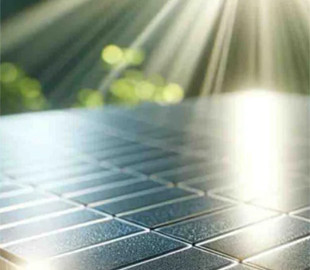
The study suggests that organic solar cells facing the Sun can potentially self-repair at high temperatures — about 100°C.
Researchers from the University of Michigan (USA) studied the effect of proton radiation on organic solar cells. Interesting Engineering writes about this.
Previous research on organic solar cells in space primarily studied their overall efficiency after exposure to radiation. But the new study delves into the underlying molecular mechanisms that lead to the performance degradation.
Gallium arsenide can convert a significant portion of sunlight into electricity. It can also withstand the destructive effects of protons, which are abundant in space. However, it has some drawbacks — it is expensive to manufacture. On the other hand, like silicon, it is relatively heavy and difficult to bend, which could limit its use in space missions.
Meanwhile, organic solar panels are known for their flexibility and lightness. This makes them attractive for space applications where weight and the ability to conform to curved surfaces are important.
Interestingly, the study showed that organic solar cells made from small molecules are highly resistant to proton radiation. The cells showed no damage after three years of radiation exposure. However, those panels that were made using more complex polymer structures showed a significant drop in efficiency, losing about half of their initial performance.
The scientists found that proton radiation can break down chemical bonds within the polymer, creating “electron traps” that impede the flow of electricity. These “traps” can be removed by gently heating the cells. This suggests the possibility of self-healing solar cells that could operate effectively in space.
The study suggests that organic solar cells facing the Sun could potentially self-heal at high temperatures (around 100°C), as has been observed in the laboratory. But questions remain: for example, will this repair still take place in the vacuum of space? Is the repair reliable enough for long missions?
As an alternative, researchers are exploring the possibility of developing materials that are inherently resistant to the formation of electron traps that degrade performance.

